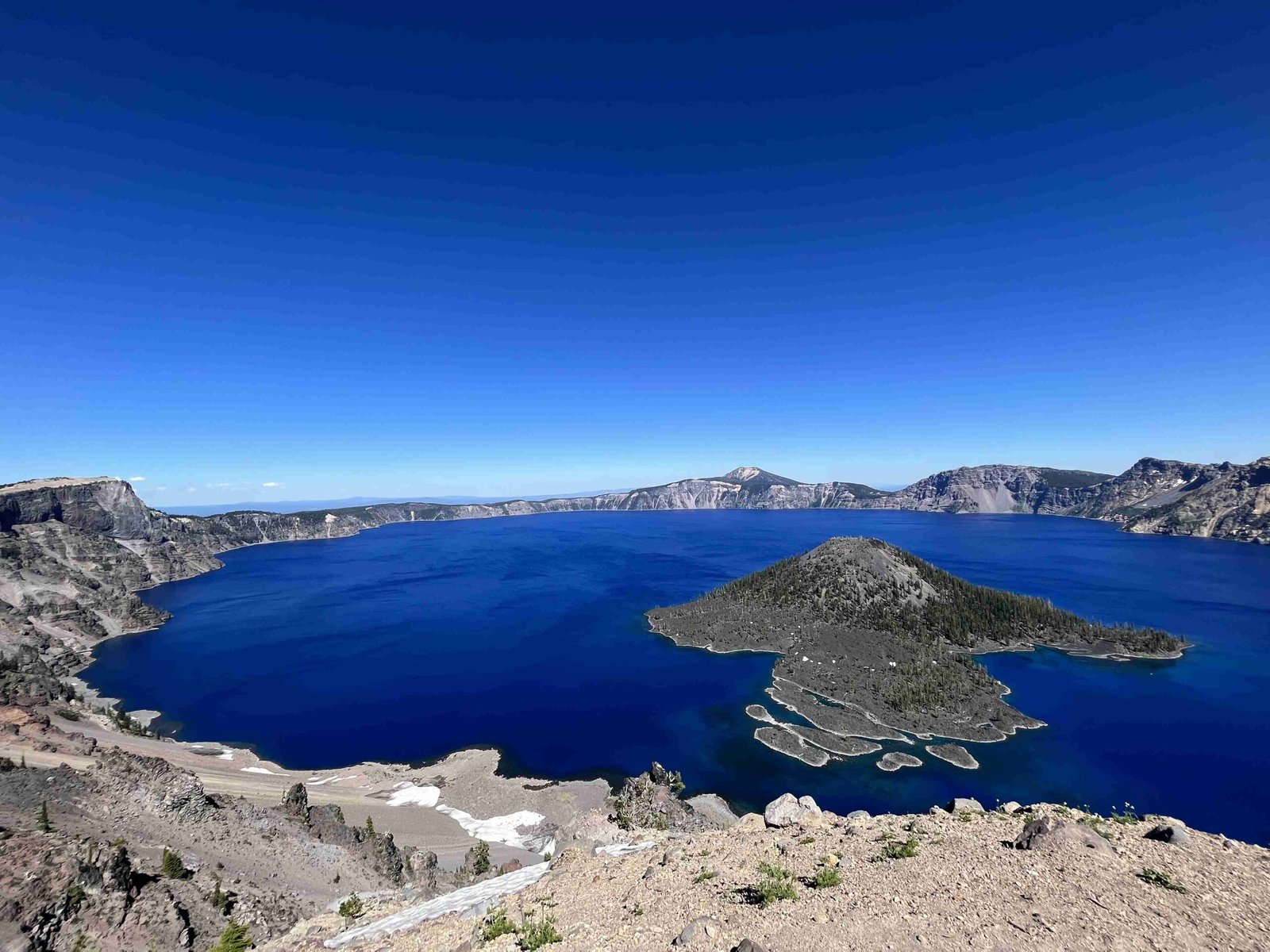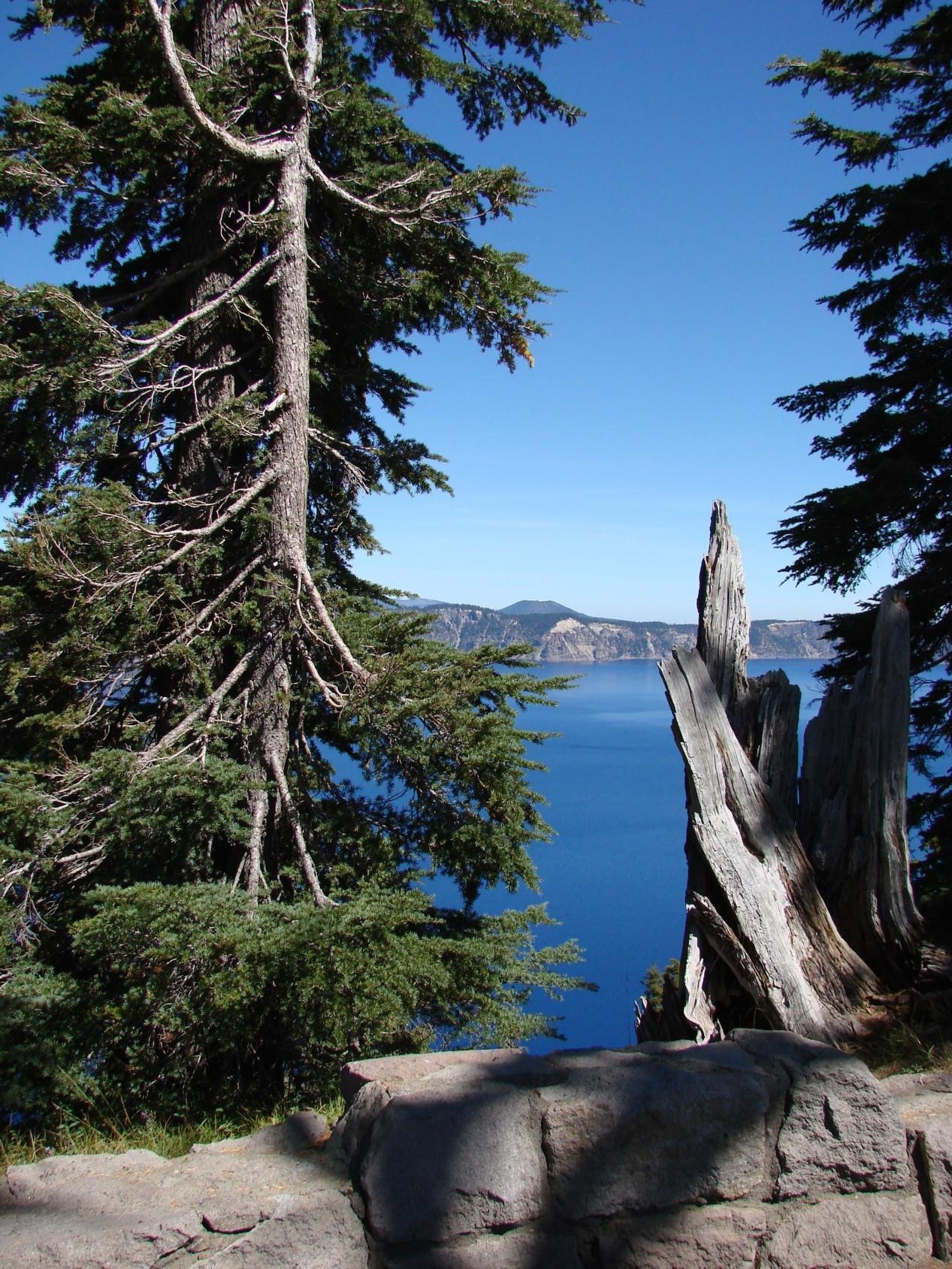Crater Lake National Park represents a remarkable geological phenomenon where tectonic convergence and volcanic activity dramatically transformed the landscape. Located in southern Oregon, this extraordinary site emerged from the catastrophic collapse of Mount Mazama, showcasing how powerful geological processes can reshape entire mountain ranges through explosive volcanic events and subsequent caldera formation.
What Makes Crater Lake a Convergent Geological Wonder?

Tectonic Origins of Crater Lake
Crater Lake’s formation is directly linked to the Cascadia subduction zone, a classic example of a convergent plate boundary. Here, the Juan de Fuca tectonic plate subducts beneath the North American Plate, creating immense geological pressure and generating magmatic activity.
Key Convergent Plate Dynamics
- Plate Interaction: Juan de Fuca Plate sliding underneath North American Plate
- Depth of Subduction: Approximately 40-50 kilometers
- Magma Generation: Occurs through friction and melting at subduction zones
Volcanic Transformation Process
| Geological Stage | Description | Timeframe |
|---|---|---|
| Pre-Eruption | Mount Mazama builds through volcanic accumulation | 400,000 years |
| Climactic Eruption | Massive volcanic explosion | 7,700 years ago |
| Caldera Formation | Mountain summit collapses | Immediate aftermath |
| Lake Development | Precipitation fills volcanic crater | 250 years post-eruption |
Geological Evidence of Convergence
The caldera walls of Crater Lake provide a stunning cross-section revealing multiple geological processes:
- Layered Volcanic Deposits
- Andesite flows
- Dacite stratifications
-
Rhyodacite pyroclastic materials
-
Structural Indicators
- U-shaped glacial valleys
- Exposed volcanic dikes
- Glacial polish on rock surfaces
Scientific Significance
Crater Lake serves as a critical research site for understanding:
– Subduction zone dynamics
– Volcanic eruption mechanisms
– Long-term landscape transformation
How Does Convergent Tectonics Shape Crater Lake?

Magma Generation Mechanism
Subduction triggers partial melting of oceanic crust, generating magma that rises through the continental plate. This process created the complex volcanic system responsible for Mount Mazama’s formation.
Volcanic Eruption Characteristics
- Explosive Potential: High-silica magma
- Magma Composition: Predominantly dacite and rhyodacite
- Eruption Style: Highly explosive, pyroclastic events
What Can Visitors Learn About Geological Convergence?
Interpretive Opportunities
- Ranger-led geological talks
- Visitor center exhibits
- Trail signage explaining volcanic history
Recommended Viewing Locations
- Rim Village Overlook
- Watchman Peak Trail
- Cleetwood Cove Trail
Research and Conservation
Ongoing scientific research continues to unravel the complex geological history of Crater Lake, providing insights into plate tectonics, volcanic processes, and landscape evolution.
Preservation Efforts
- Continuous geological monitoring
- Habitat protection
- Public education programs
Conclusion
Crater Lake National Park stands as a testament to the powerful geological forces of convergence, offering visitors a unique window into the dynamic processes that shape our planet.

